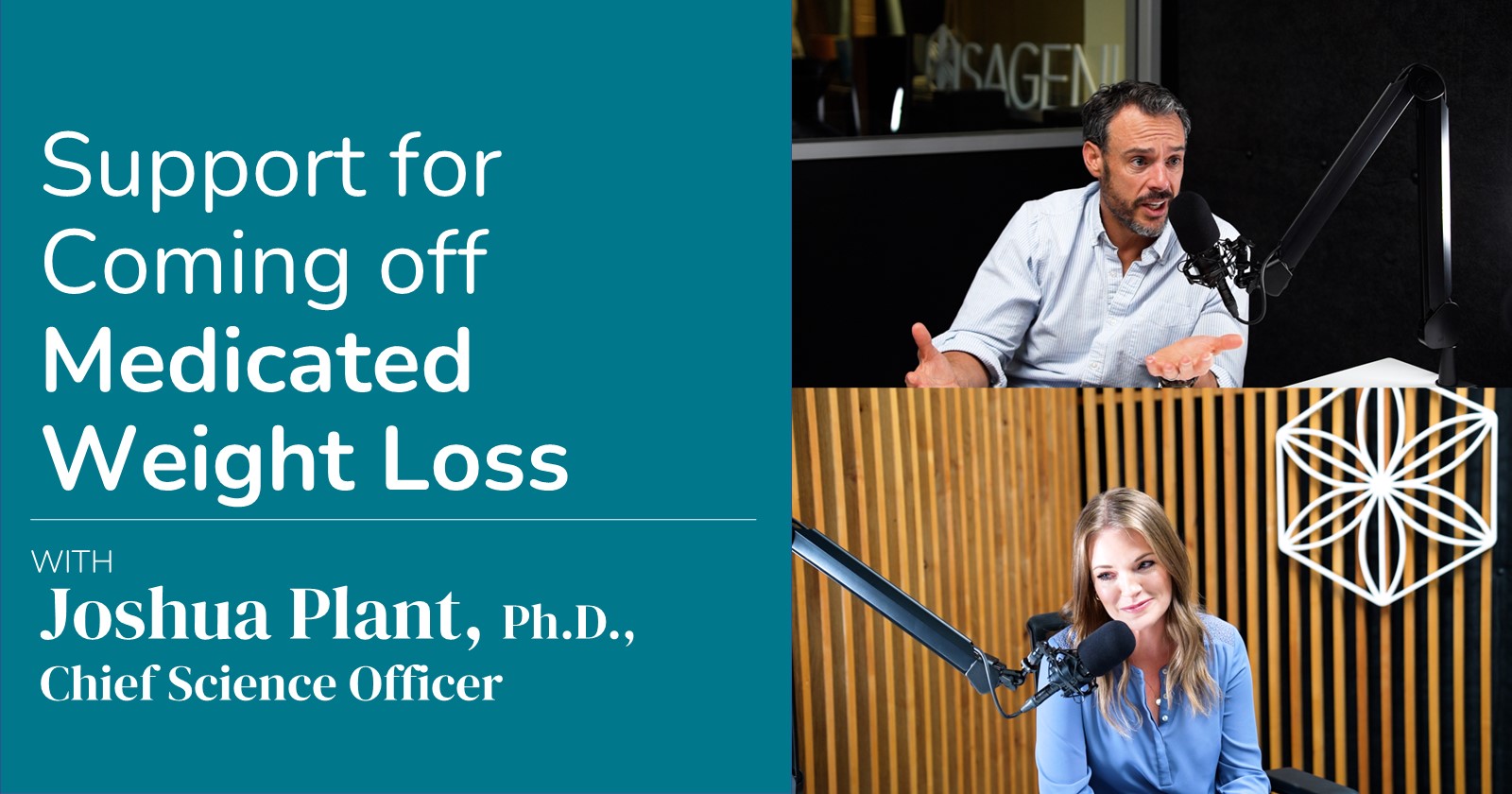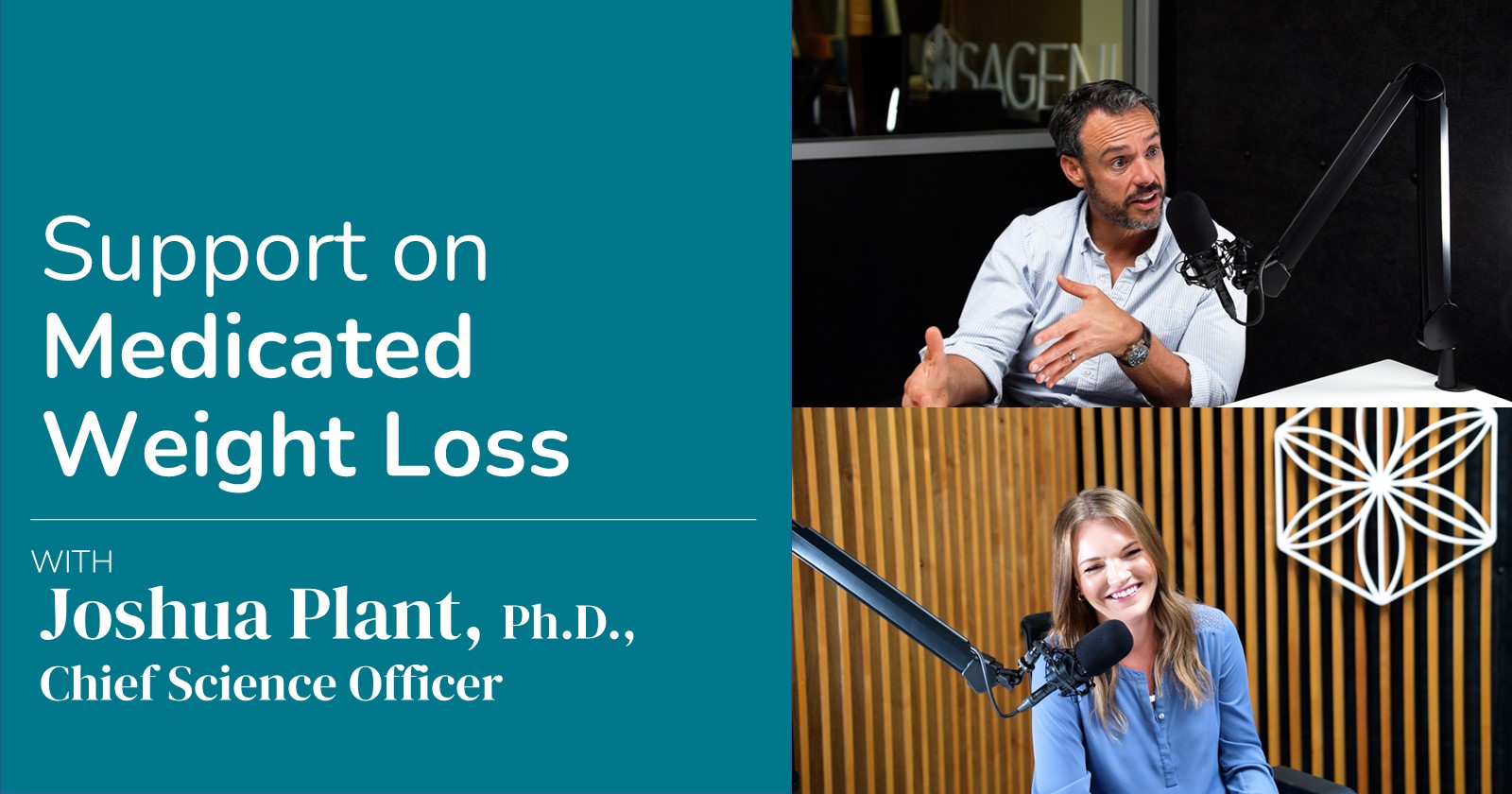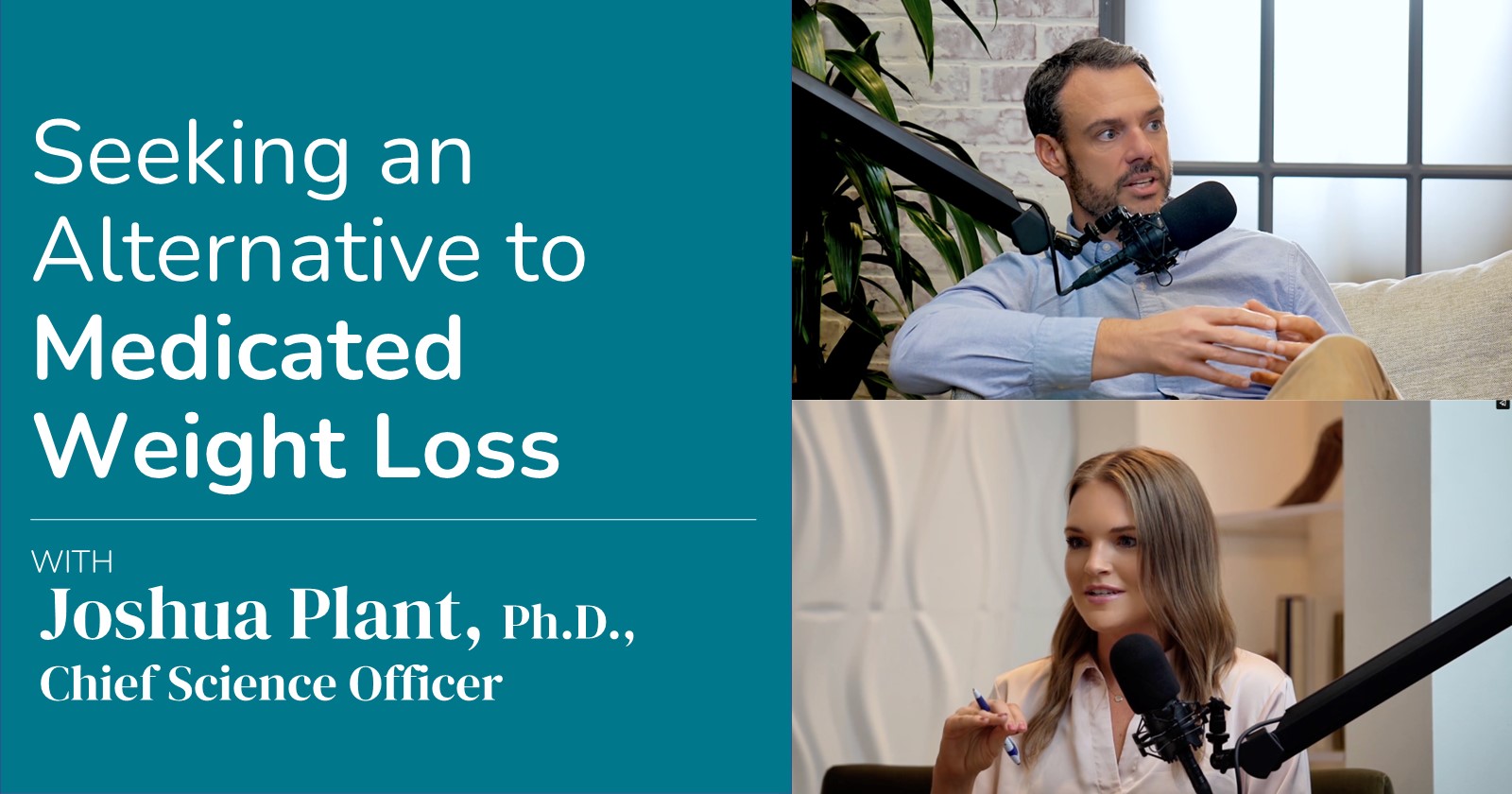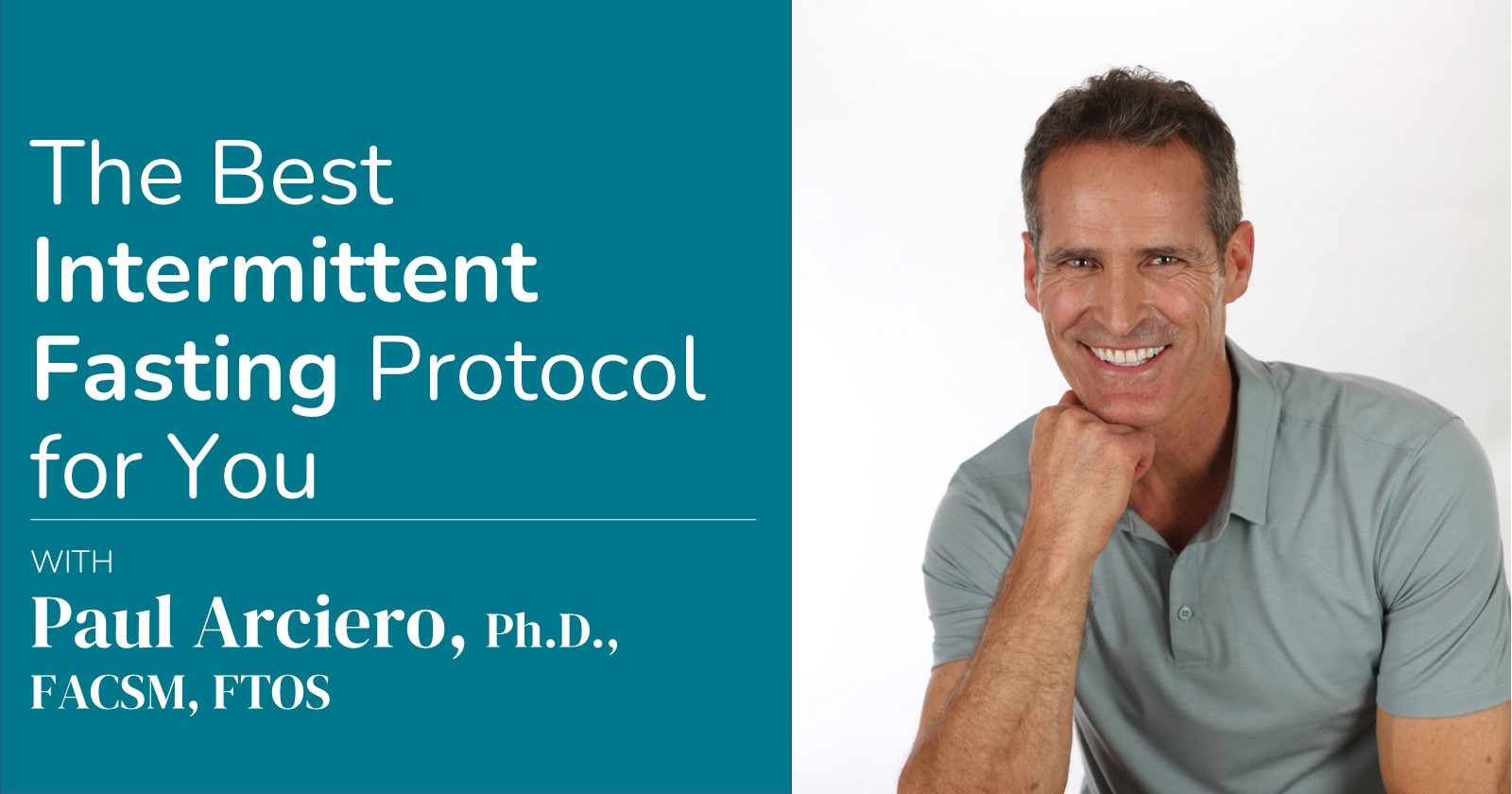Everyone knows exercise is good for you – for everything from reducing the risk of chronic disease to improving our quality of life (1). But, which is best?
Like diet fads, new workout fads come and go. It’s hard to keep up and decipher which type of exercise is most beneficial, especially when it comes to weight loss. Is it cardio, strength training, or high-intensity exercise?
Exercise researchers have tackled this question time and time again. Their results: It’s complicated.
Cardio Versus Strength Training
A study out of Duke University compared aerobic exercise, resistance exercise, and a combination of the two in a group of overweight or obese adults (2). For weight loss alone, the study found that the best results in terms of pounds lost comes from aerobic exercise.
However, the weight loss from the participants doing aerobic exercise also included the loss of lean muscle. In contrast, the resistance exercise group gained weight due to an increase in muscle mass, while the combination group lost slightly less weight compared to the aerobic group.
The combination group also experienced the greatest reduction in waist circumference. The result suggests that there’s potential for a greater loss of inches with a smaller overall weight loss resulting in better body composition.
For those who solely desire weight loss, more cardio could be the answer. However, research has shown that for those who want to improve overall body composition, the best exercise is going to be a combination of both cardio and strength/resistance training.
High-Intensity Interval Training
A good way to combine cardio with strength training in a short amount of time is high-intensity interval training (HIIT).
Studies have consistently shown that HIIT leads to greater fat loss, specifically abdominal fat loss (3). HIIT typically involves alternating intense bouts of exercise, ranging from 30 seconds to several minutes, with recovery periods spanning one to five minutes. HIIT can incorporate cardio moves, body-weight exercises, and weightlifting, making it a form of exercise that works for people with a wide variety of fitness goals.
PRISE Protocol
Notable for its incorporation of the nutritional timing of protein, HIIT, stretching, and endurance and resistance training, the PRISE protocol allows participants to benefit from each type of exercise.
With the PRISE protocol, each exercise is performed one day per week. Studies that have evaluated effectiveness of PRISE have found that its integration of nutrition and training leads to significant reductions in body fat (4-6). Additionally, the protocol leads to greater gains in muscle mass and improved cardiovascular health (4-6).
The Verdict
There are two caveats worth noting when it comes to your weight loss efforts and exercise, as noted in the research (7):
- The most important factor for weight loss is improving your eating habits.
- The best exercise to participate in is generally going to be the one that’s most enjoyable since you will be more likely to commit to it.
Yes, physical activity can make a stark difference in your weight loss efforts, but exercise alone rarely makes the biggest difference. The most important thing to keep in mind is that successful long-term weight loss is nearly always reached by a healthy balance of both exercise and nutrition.
References:
- Warburton DE, Nicol CW, Bredin SS. Health benefits of physical activity: the evidence. CMAJ. 2006 Mar 14;174(6):801-9.
- Willis LH, Slentz CA, Bateman LA, et al. Effects of aerobic and/or resistance training on body mass and fat mass in overweight or obese adults. J Appl Physiol (1985). 2012 Dec 15;113(12):1831-7.
- Boutcher SH. High-intensity intermittent exercise and fat loss. J Obes. 2011;2011:868305.
- Arciero PJ, Ives SJ, Norton C, Escudero D, Minicucci O, O’Brien G, Paul M, Ormsbee MJ, Miller V, Sheridan C, He F. Protein-Pacing and Multi-Component Exercise Training Improves Physical Performance Outcomes in Exercise-Trained Women: The PRISE 3 Study. Nutrients. 2016 Jun 1;8(6):332.
- Ives SJ, Norton C, Miller V, et al. Multi-modal exercise training and protein-pacing enhances physical performance adaptations independent of growth hormone and BDNF but may be dependent on IGF-1 in exercise-trained men. Growth Horm IGF Res. 2017 Feb;32:60-70.
- Arciero PJ, Miller VJ, Ward E. Performance Enhancing Diets and the PRISE Protocol to Optimize Athletic Performance. J Nutr Metab. 2015;2015:715859.
- Johns DJ, Hartmann-Boyce J, Jebb SA, et al. Behavioural Weight Management Review Group. Diet or exercise interventions vs combined behavioral weight management programs: a systematic review and meta-analysis of direct comparisons. J Acad Nutr Diet. 2014 Oct;114(10):1557-68.





